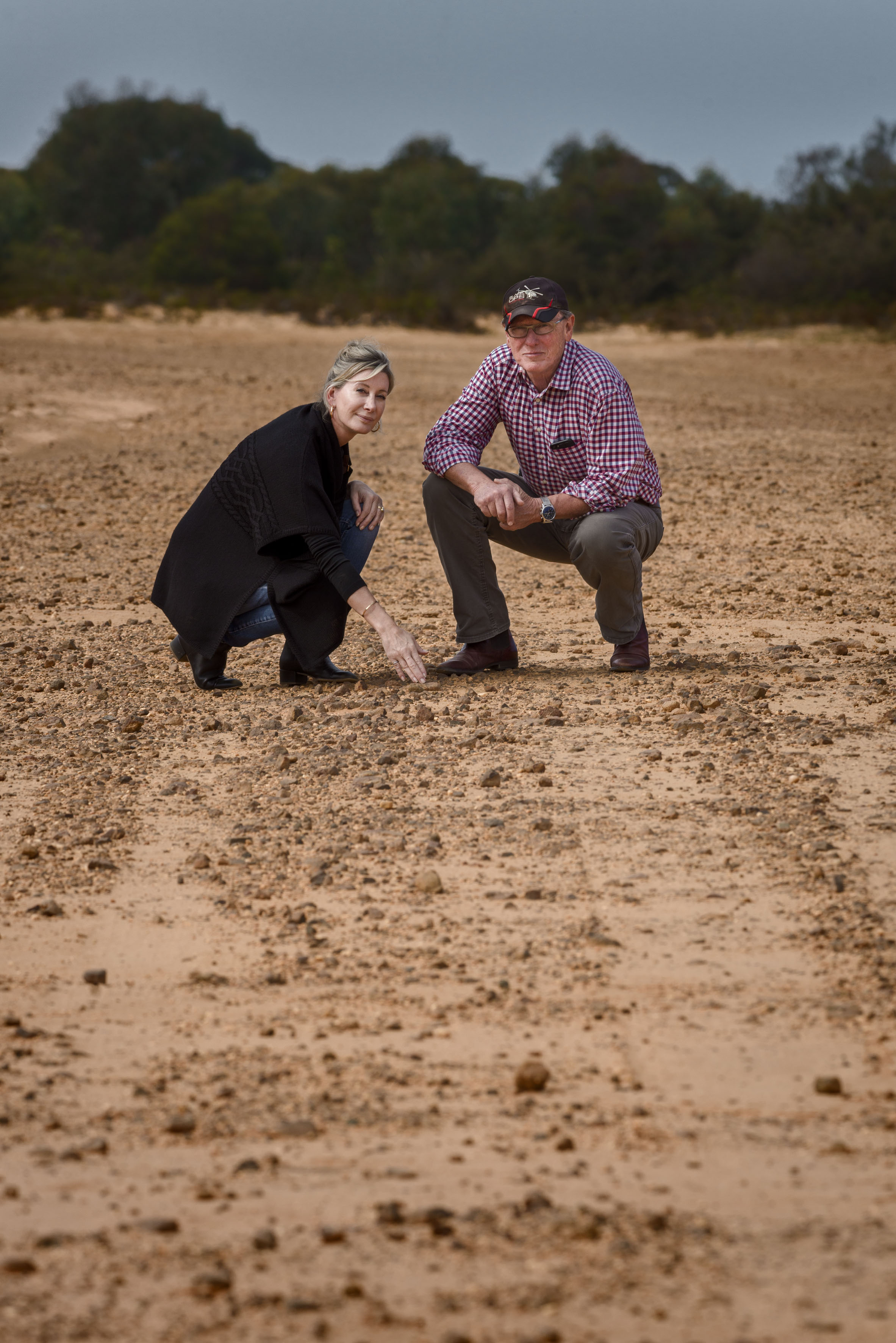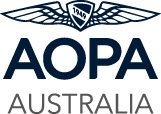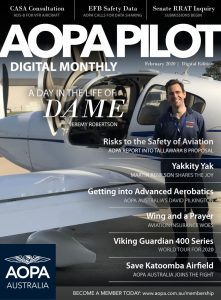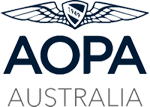Opened on October 5, 1968, and operated continuously as a commercial venture since, Katoomba Airfield is located about 4km east of the famous Hydro Majestic Hotel at Medlow Bath in the upper mountains.
With a dirt pothole-scarred runway, it is currently open only to helicopters and to fixed-winged aircraft for emergency landings. However, a plan to upgrade the site by new lessee and AOPA Members FLYBLUE Management Pty Ltd will see the dilapidated property upgraded and brought in line with modern safety standards and leading edge environmental initiatives.
The plans for Katoomba Airfield are outlined in documents now available on the Department of Industry (Crown Land and Water) website, which also includes a link through which to submit letters of support for the plans.
The plans include higher flight levels, residential no-fly zones, a new enforceable Fly Neighbourly policy, “light footprint tourism’’, community charity events and a suite of green initiatives.
FLYBLUE voluntarily published their vision on flyblue.com.au following the department awarding the company a three-year commercial licence in February 2018.
While Katoomba Airfield had operated continuously since it opened in 1968, its runways fell into dangerous disrepair from 2016 when long-term lessee flying instructor Rod Hay died in a single engine plane crash in nearby scrub. The level of disrepair resulted in FLYBLUE temporarily closing the airfield to fixed-wing aircraft except in emergencies, although helicopter operations including emergency services and Defence Force aircraft have continued to land and take-off there as usual.
FLYBLUE director Floyd Larsen said the recent decreased use of the airfield had led some people to believe it had closed.
“It hasn’t,’’ she said. “In fact, its original purpose continues as it has done for the past fifty years. For example, Katoomba Airfield has provided an air `safety ramp’ for general aviation since it opened in 1968, and twice in the past 18 months (that we know of) aircraft have made emergency landings here.’’
FLYBLUE had already begun restoration work on the 36ha site. Obsolete and dilapidated structures had been removed, along with abandoned waste materials and equipment. Two new windsocks had been installed, along with a weather station and camera for use by general aviation and the site made more secure to prevent illegal access.

FLYBLUE plans to restore, protect and enhance the site including sealing the main airstrip and tackle weed invasion, soil erosion and other issues. The environmental centrepiece would be a Greenfleet carbon offset program which would see one tree planted for every flight which left the airfield.
FLYBLUE’s plan includes a new enforceable Fly Neighbourly policy with appropriate flight paths away from residential zones, operating hours and general use of the airfield with noise abatement procedures.
“While FLYBLUE can’t influence aircraft that originate from other airfields because they fall under the control of the Civil Aviation Safety Authority (CASA), our Fly Neighbourly policy already has the support of Blue Mountains Aviators Club and pilots who do not comply with our Fly Neighbourly policy will not be permitted to use Katoomba Airfield,’’ Mrs Larsen said.
She emphasised that Katoomba Airfield and FLYBLUE did not encourage or conduct joy flights (short low-flying swoops over populated or sensitive areas such as Echo Point, the Three Sisters, the Grose Valley or up the Grand Canyon). Rather, they actively fostered “light footprint tourism’’ which had minimum negative impact on the Greater Blue Mountains World Heritage Area.
Mrs Larsen expected the airfield upgrades to help lure more tourism and overnight stays to the Blue Mountains including private plane and helicopter owners who would stay in local hotels and B&Bs at least one night, visit attractions, dine in restaurants and shop – in line with Blue Mountains City Council’s original intent for the airfield.
A report to the council on October 29, 1968, showed how the airfield was a long-time major part of the council’s tourism strategy, stating that it was established “to encourage tourists and visitors to fly to the Blue Mountains area’’.
FLYBLUE’S other future plans included forming a stakeholder group, new hangars (subject to approval), community and charity events, public aviation viewing areas and dedicating half the airfield to non-aviation uses such as bushwalking, a radio club, star gazers and RAAF cadet and school bivouacs.
A public exhibition period will be held in June and the airfield lease proposal displayed, along with a fact sheet, on the Department of Industry (Crown Land and Water) website at until August 4.
Letters of support may be submitted or emailed using the reference number LX 602686 in the subject line.
The department will also hold two drop-in information sessions at Hotel Blue, Lurline St, Katoomba, from 11am to 1pm and 5pm to 7pm on June 19 and 25.






